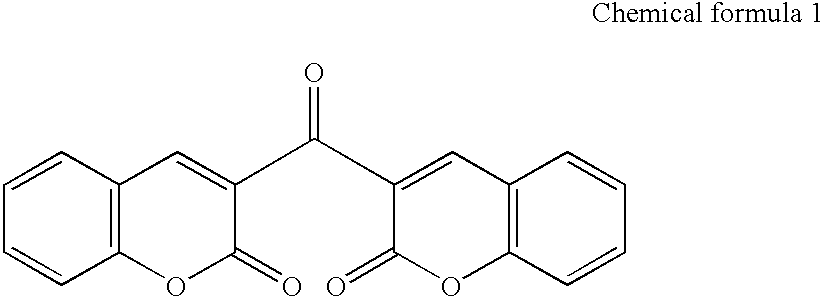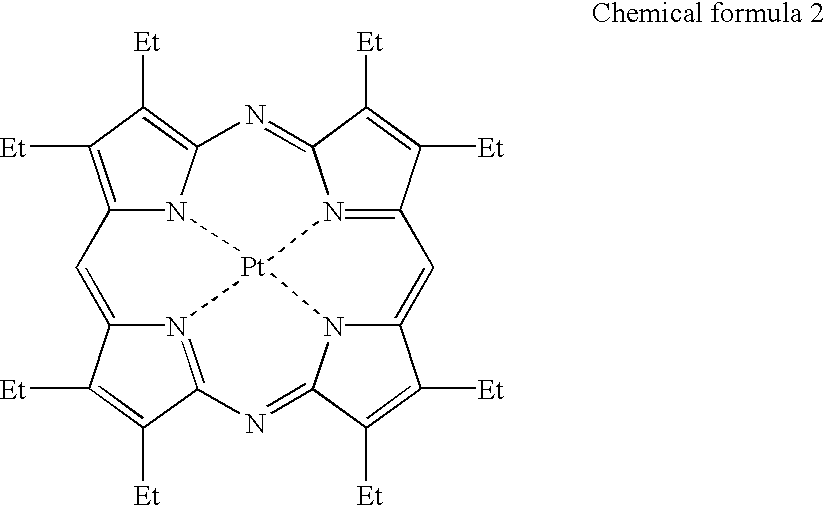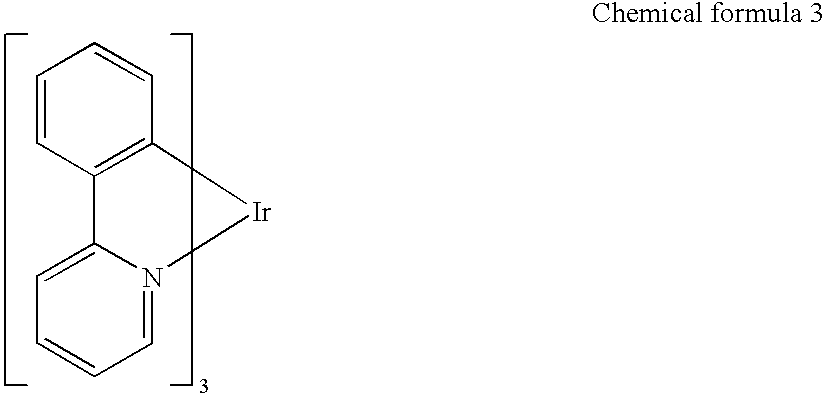Light emitting device and electronic equipment
a light emitting device and electronic equipment technology, applied in the direction of static indicating devices, instruments, transistors, etc., can solve the problems of lowering the luminance of oled which accompanies degradation, increasing the current consumption of light emitting devices, and unable to display images in desired colors
- Summary
- Abstract
- Description
- Claims
- Application Information
AI Technical Summary
Problems solved by technology
Method used
Image
Examples
embodiment 1
[0128] Embodiment 1
[0129] Next, described with reference to FIGS. 9 to 13 is a method of forming the light emitting device of the present invention. Here, the method of simultaneously forming, on the same substrate, transistors Tr2, Tr3 and Tr5 of the pixel, and transistors of a driving portion provided surrounding the pixel portion is described in detail according to steps. In addition, transistors Tr1 and Tr4 can be manufactured according to the manufacturing method of transistors Tr2, Tr3, and Tr5. The pixels shown in FIGS. 7, 8, 30A, 30B, and 30C can also be manufactured according to the manufacturing method shown in this embodiment.
[0130] This embodiment uses a substrate 900 of a glass such as barium borosilicate glass or aluminoborosilicate glass as represented by the glass #7059 or the glass #1737 of Corning Co. There is no limitation on the substrate 900 provided it has a property of transmitting light, and there may be used a quartz substrate. There may be further used a pl...
embodiment 2
[0175] Embodiment 2
[0176] In this embodiment, a method of manufacturing a light emitting device different from that in Embodiment 1 is described.
[0177] The process through the formation of the second interlayer insulating film 939 is the same as in Embodiment 5. As shown in FIG. 14 (A), after the second interlayer insulating film 939 is formed, a passivation film 981 is formed to contact the second interlayer insulating film 939.
[0178] The passivation film 981 is effective in preventing moisture contained in the second interlayer insulating film 939 from permeating the organic light emitting layer 950 through the pixel electrode 948 or a third interlayer insulating film 982. In the case where the second interlayer insulating film 939 includes an organic resin material, it is particularly effective to provide the passivation film 981 since the organic resin material contains a large amount of moisture.
[0179] In this embodiment, a silicon nitride film is used as the passivation film 9...
embodiment 3
[0196] Embodiment 3
[0197] This embodiment gives a description on the top view of the pixel shown in FIG. 7. FIG. 15 shows a top view of a pixel of this embodiment. Insulating films such as a insulating gate film and an interlayer insulating film are omitted from FIG. 15 in order to show positions of wiring lines and of semiconductor layers clearly. In FIG. 15, wiring lines formed on the same layer are similarly hatched. The top view in FIG. 15 is of the pixel after a pixel electrode is formed and before an organic light emitting layer is formed.
[0198] The pixel shown in FIG. 15 has one scanning line 211, one signal line 210, and one power supply line 217. Portions of the scanning line 211 are denoted by 212 and 213 and respectively serve as gate electrodes of transistors Tr4 and Tr5.
[0199] The transistor Tr4 has a source region and a drain region one of which is connected to the signal line 210 and the other of which is connected to a drain region of a transistor Tr1 through a conne...
PUM
 Login to View More
Login to View More Abstract
Description
Claims
Application Information
 Login to View More
Login to View More - R&D
- Intellectual Property
- Life Sciences
- Materials
- Tech Scout
- Unparalleled Data Quality
- Higher Quality Content
- 60% Fewer Hallucinations
Browse by: Latest US Patents, China's latest patents, Technical Efficacy Thesaurus, Application Domain, Technology Topic, Popular Technical Reports.
© 2025 PatSnap. All rights reserved.Legal|Privacy policy|Modern Slavery Act Transparency Statement|Sitemap|About US| Contact US: help@patsnap.com



